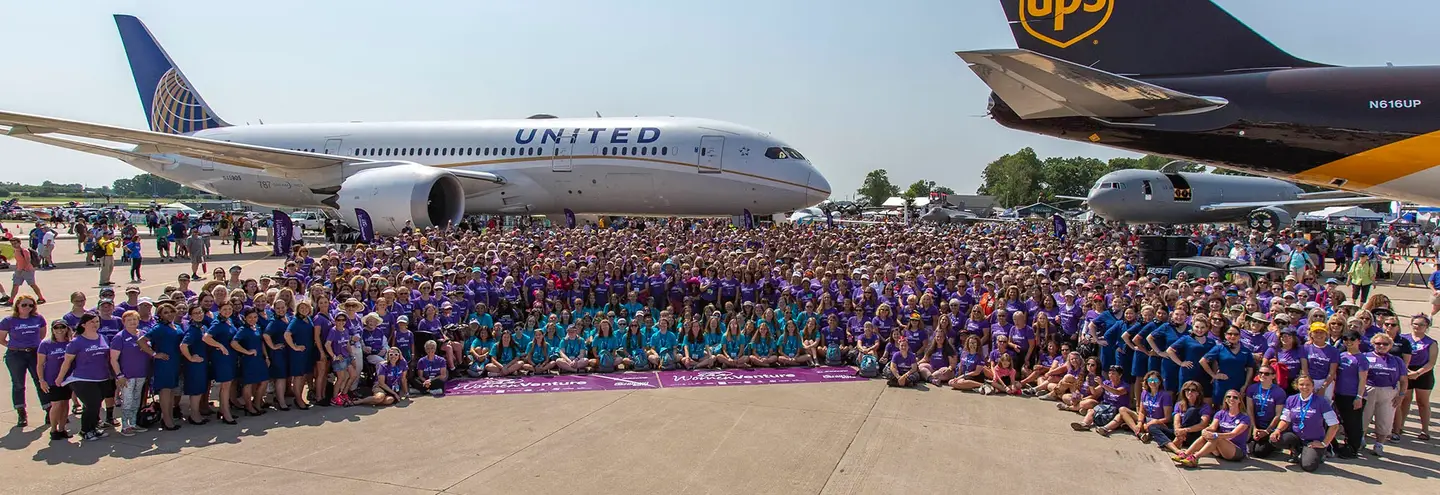Will SpaceX Ever Graduate To All-Up Testing?
Which causes me to ask the inevitable question: Is this Starship thing just a big pyrotechnic parlor trick or we actually going to Mars?

The hurling of metaphorical spitballs being part of the job description, opinion writers can’t resist comparisons. Here’s a topical one: Which is bolder, Elon Musk’s proposal to launch humans to Mars or Apollo 8? It’s an easy answer and I picked 8 not 11 for a reason.
SpaceX’s high-altitude tests of its Starship Mars rocket have become a media favorite recently because the enterprise is inspiring in a goofy, Buck Rogers sort of way and the spectacular explosions are perfect for the six-second clip that’s now the staple of television news. With happy talk livestreaming of launches dominating the coverage, SpaceX’s lack of flesh on the bones of its Mars project goes unnoticed.
So what exactly have they thus far accomplished with this Starship spectacle? In my view, the explosions and trick belly flop maneuvers obscure what SpaceX’s real accomplishment is: successful landing and re-use of boosters that has all but crushed their competitors. Precise metrics have been hard to come by, but last fall, Space Force announced it would allow SpaceX to launch the current block of replacement GPS satellites on refurbished boosters. Space Force said that will cut the launch costs from about $97 million each to about $71 million, a reduction of 27 percent. That itself might not be the cliche game changer, unless you’re United Launch Alliance or Arianespace trying to compete with these guys.
Of the current known launches on the booster calendar through this fall, SpaceX has 14, Russia has seven, ULA has six, the Chinese four, the Indians three, Arianespace and related entities four and companies launching from Wallops Island in Virginia have two. I don’t care what you think of SpaceX, for a company founded only in 2002, that’s astonishing progress. And along the way, it developed a human-rated spacecraft that's making trips to the International Space Station as rival Boeing struggles to get the Starliner system to the same point. As SpaceX accelerates its reusable booster program, its launches may get less expensive yet.
So what we see in the Starship tests is SpaceX leveraging, on the cheap, what it’s learned in recovering 74 boosters and applying it to a larger vehicle. It’s also testing the aerodynamic surfaces on both ends of the rocket that will control it when it enters the sensible atmosphere. Keep in mind that what we’ve been watching SpaceX launch is the notional entry vehicle, both for the Mars and the Earth ends of the trip. It’s the second stage of a larger system that puts the Starship into orbit for refueling and sends it on its way to Mars. The Starship is also intended to have a large, heavy lift bay for missions to Earth orbit.
Fine as far as it goes. Coverage of the tests—even the explosions—has been rather fawning, perhaps because we give Elon Musk a certain aspirational credit without asking too many questions about the details. He deserves the cred. But my awe meter isn’t quite pegged yet. I’m looking for a little more because my generation’s frame of reference is Apollo to the Moon.
While that’s old history, it’s also bold history. Prior to 1964, NASA had planned a plodding, cautious developmental path to the Moon that envisioned at least 10 unmanned flights of the Saturn V/Apollo system and a total of 20 to actually land on the Moon. Then George Mueller, the new head of the human spaceflight program, proposed all-up testing: just put the entire rocket together and fly the damn thing. For some inside NASA, that was staggeringly reckless. But without it, we would never had landed on the lunar surface by 1969, President John F. Kennedy’s arbitrary but symbolic deadline.
Mueller’s all-up testing yielded this astonishing fact: On only the third flight of the full Saturn V, Apollo 8 orbited the Moon for 20 hours, including Christmas Eve 1968. It was stunning. And that’s why Apollo 8 was bolder and more inspiring than anything in space flight before or since, maybe even to include the actual landing.
So what would the equivalent for SpaceX be? In my view, it’s not just landing boosters, even bigger boosters. Orbiting the Starship would be impressive, but far more impressive would be to fly one (uncrewed) out to Mars and put it on the surface. Land it close enough for Perseverance to get video for the evening news.
Then, I’ll be impressed.






